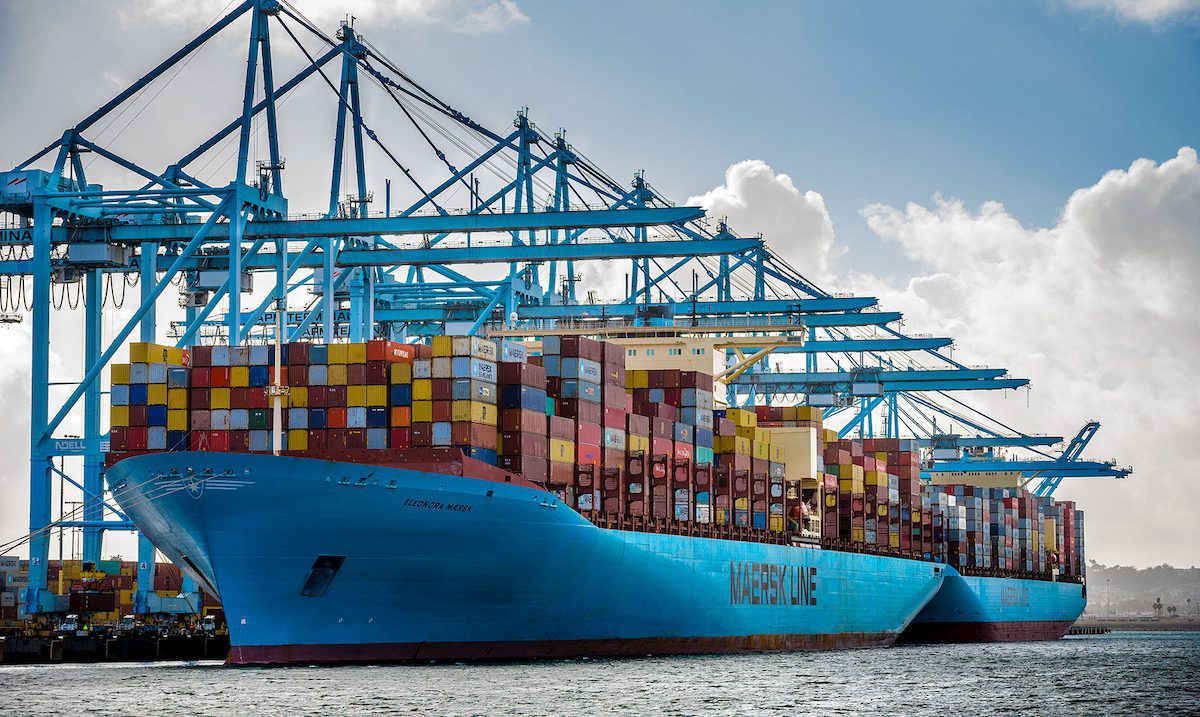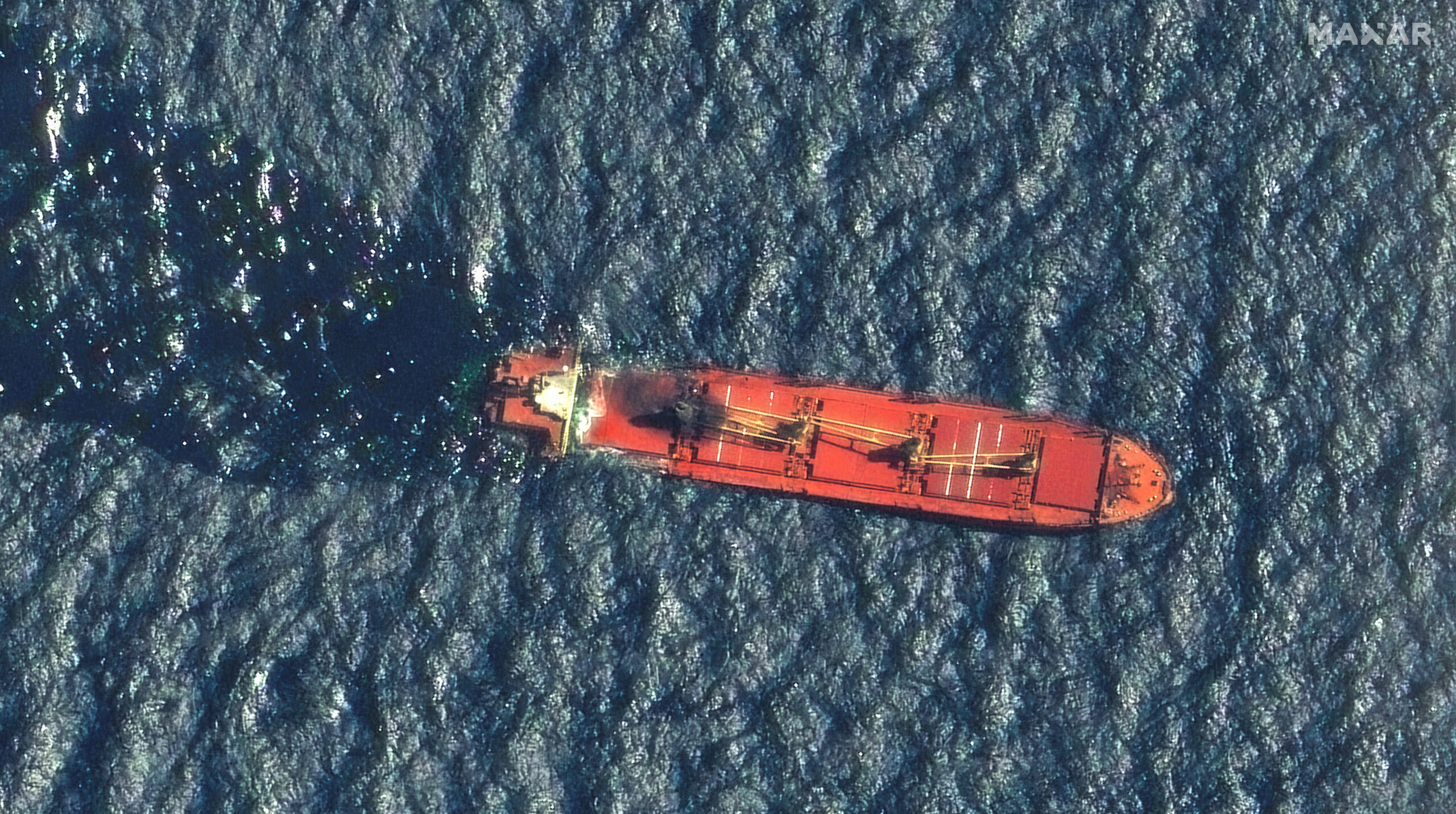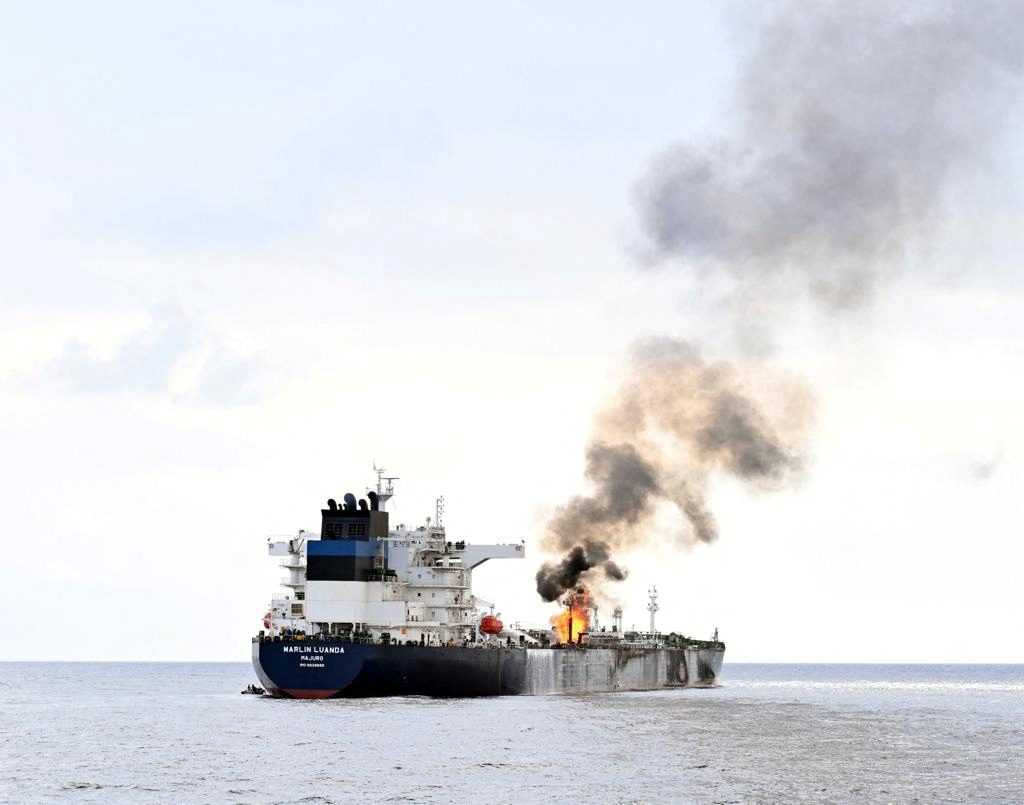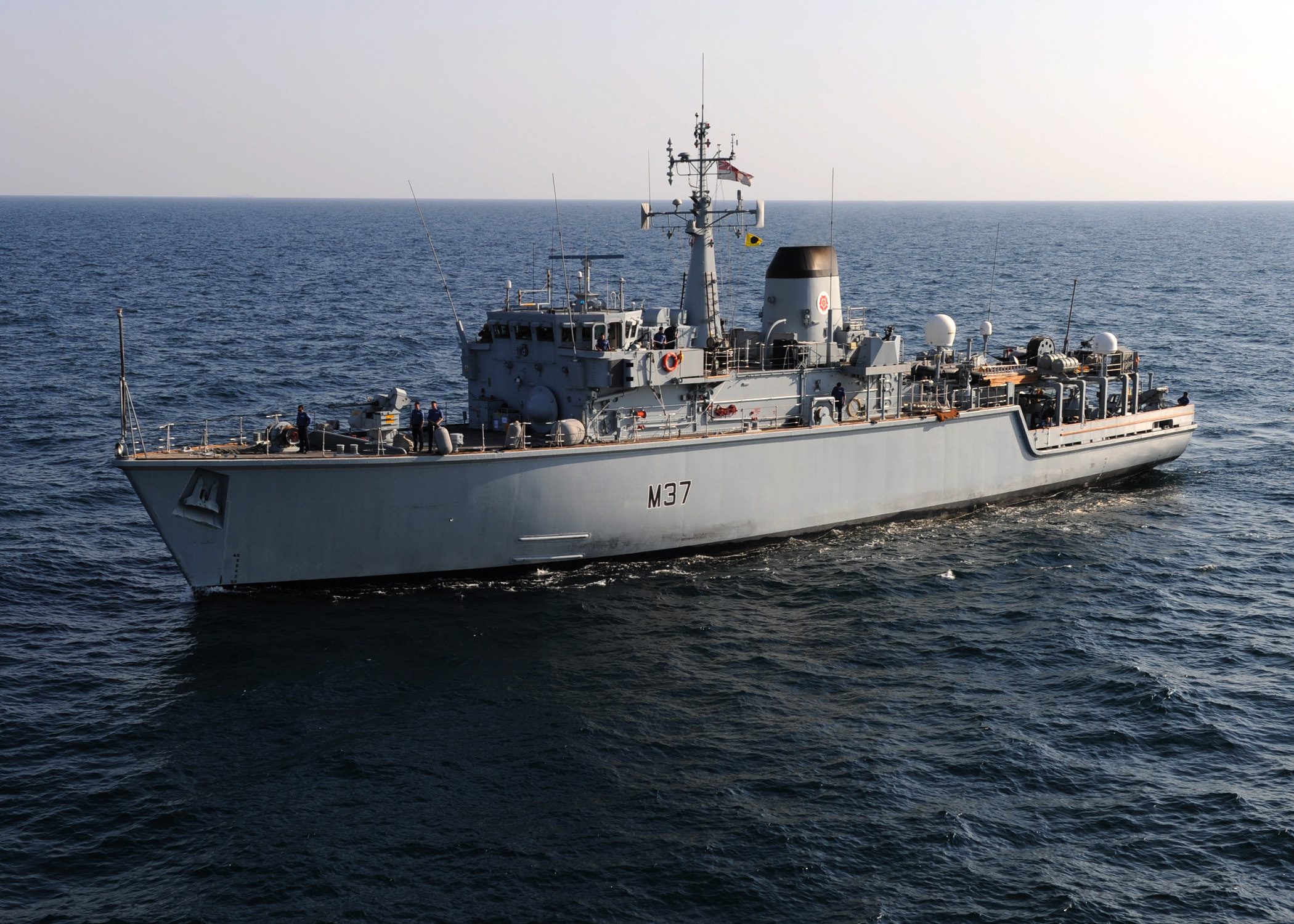In its latest update addressing supply chain disruptions, the world’s top shipping company Maersk said the challenges the United States is facing with its supply chain is a byproduct of its growth and that more needs to be done to keep pace with increasing consumer demand.
Speaking on a panel at the South Atlantic International Trade Conference in Charleston, South Carolina, Maersk’s North America Regional Managing Director, Narin Phol, discussed the nation’s current supply chain challenges and ways forward.
The disruptions in manufacturing and ports in the Far East in early 2020, due to COVID-19, disrupted the normal flow of trade. But now that life is returning to normal in much of the United States, with people returning to offices and schools back in session, there’s been renewed demand from American households that is contributing to the rise in U.S. imports. After all, 70% of U.S. GDP is linked to consumer buying so it’s the U.S. consumer driving the economy, according to Maersk.
“The current situation is a growth story in the U.S. – and the supply chain disruption you are seeing is a byproduct of this growth. The challenge is every part of the U.S. supply chain needs to build more resilience and capacity to keep pace with consumer demand,” said Phol.
In its update, Maersk said it appreciates and applauds President Biden for highlighting that a return to normalcy can only be obtained with the full support of all supply chain participants, and that there is no easy-fix or individual supply chain component to blame.
“It will still take some time, but we are doing what we can to efficiently handle the current environment and look forward to a resumption of normal cargo flows and deliveries,” added Phol.
With regards to efforts by the ports of Los Angeles and Long Beach moving to 24/7 operations, Phol said there are details that still need to be worked out. Combined, the two ports handle approximately 40% of all containerized imports coming into the country.
“Operational details still need to be worked out on 24/7 operations at the ports of Los Angeles and Long Beach. This level of operations is not an overnight, simple solution to implement – and does not solve the broader supply chain capacity challenges and shortage of workers in trucking, warehouse and supply chain jobs,” said Phol.
At present, APM Terminals Pier 400 Los Angeles offers 20 hours of truck gate operations every weekday, equating to 2000 appointments a day, according to Maersk. Saturday’s are open too. As an example, Maersk pointed to last Friday when there was a 49% no show factor for import containers on those 2,000 truck appointments, while on Saturday it was a 50% no show rate. Maersk said it is working with the trucking community to address and resolve this situation.
As a leading global shipping company, Maersk says it’s ready to confront supply chain challenges and offer solutions. With a fleet of 700 ships, 75 ports, 46 North America warehouses, and a 500 truck U.S. fleet, Maersk says integrating assets in the supply chain is critical to the solution.
“When you own and operate the supply chain assets and technology you have much better control and accountability of the supply chain and better agility with solutions,” said Phol.
By tapping into its existing fleet and redeploying vessels from other trade lanes, Maersk said it has been able to add 40% more vessel capacity to the Asia/U.S. trade to serve the increased Transpacific demand. On the East Coast, it has expanded port calls, creating more supply chain routing options as an alternative to Pacific Southwest ports.
To help expand landside logistics, the company has deployed new warehousing and distribution locations in high demand areas to support cargo flow.
With e-commerce accelerating customer growth since the start of the pandemic, Maersk has acquired an e-commerce logistics company to help its customers grow in the direct-to-consumer space, helping to offer delivery within 48 hours to 95% of the US market and 75% of the market within 24 hours, to the benefit of small to medium-sized customers.
Maersk also ranks as the largest carrier of U.S. exports, as reported by The Journal of Commerce. Between January and July 2021, Maersk says it has increased exports by 8% between and, in the Transpacific trade, the company has been able to grow agricultural exports by 9%.
With Maersk’s goal of becoming carbon neutral by 2050, the company is also investing in sustainable supply chain solutions, such as methanol-fueled ships. “The decade for aggressive action is now. New ships, new fuels, new trucks have been announced. More than half of Maersk’s 200 largest customers have set – or are in the process of setting ambitious science-based or zero carbon targets for their supply chains – and we expect many more to follow,” the company said in its update.
“Maersk as the world‘s largest shipping company has transformed itself to become not just an ocean carrier and port operator but a full service, end-to-end logistics services provider,” added Phol. “This is not only what our customers want – they expect it and we will see to it that these expectations are met.”
Unlock Exclusive Insights Today!
Join the gCaptain Club for curated content, insider opinions, and vibrant community discussions.

 Join The Club
Join The Club













